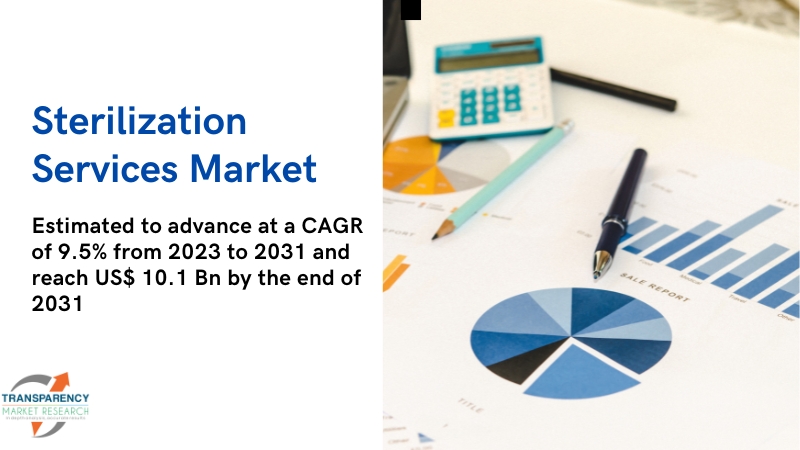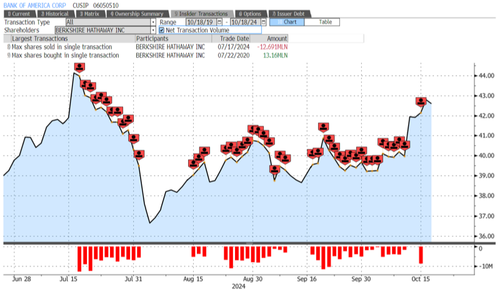
The group of $1 trillion market cap stocks is tiny, and pharmaceutical giant Eli Lilly ( LLY -3.47% ) isn't a member yet, though it is within striking distance at about $820 billion. However, the drugmaker's prospects look so strong that not only should it soon join the $1 trillion club, but it could even be a member of the more exclusive $2 trillion club by 2030.
Here's why. The tirzepatide tailwind What's considered "solid" growth in revenue for a corporation? The answer depends on the industry. Top-line increases in the high single-digit and low double-digit percentages are pretty good for pharmaceutical companies , particularly large and well-established ones.
Anything above that is, obviously, even better. Let's look at a chart of Eli Lilly's quarterly revenue growth during the past year: LLY Revenue (Quarterly YoY Growth) data by YCharts . Notice that the growth rate never dropped below 24%.
Why is Eli Lilly performing so well? In a word: tirzepatide. That's the active ingredient in Mounjaro, a diabetes medicine, and Zepbound, which treats obesity. It was first approved in 2022.
In the second quarter, Lilly's tirzepatide-based medications generated a little more than $4 billion in sales. The overwhelming majority of drugs never generate $4 billion annually throughout their years of patent protection. Clearly, Eli Lilly has something special on its hands, and it's still just getting started.
There are at least two indications for which tirzepatide has already passed phase 3 clinical trials but isn't approved yet. The first is obstructive sleep apnea in obese patients. The second is decreasing the risk of developing type 2 diabetes in overweight or obese patients who are prediabetic.
There are several more areas in which tirzepatide is being tested, including metabolic dysfunction-associated steatohepatitis, an area with a high unmet need. So, Eli Lilly's financial results will continue to be impressive through 2030 -- largely thanks to tirzepatide, which will help send its stock price and market cap much higher. But that doesn't tell the whole story.
There is more to Eli Lilly While tirzepatide will be Eli Lilly's biggest growth driver, a recent approval should also contribute. The U.S.
Food and Drug Administration recently gave the green light to the company's drug Kisunla, for treating Alzheimer's disease (AD). In the past 20 years, the pharmaceutical industry has mostly encountered failures when trying to develop novel AD medicines. Only two other products in this area have been approved since 2003.
One of them, Biogen 's Aduhelm, was granted the green light amid serious questions about its efficacy. Biogen has since discontinued Aduhelm, partly because it was a commercial flop: Doctors and hospital systems refused to prescribe it. So Kisunla fills a significant need and should be at least reasonably successful.
Expect the medicine to exceed the $1 billion-per-year mark. Its sales won't compare to tirzepatide's, but Kisunla should still contribute meaningfully to strong revenue growth through the end of the decade. Eli Lilly's stock price should also be boosted by clinical progress on new medications.
Lilly's pipeline is full of exciting products, particularly in the high-flying area of weight loss medications. By 2030, two of its anti-obesity candidates, orforglipron and retatrutide, could respectively generate $8.3 billion and $5 billion in revenue, according to drug industry research firm Evaluate.
The drugmaker has an embarrassment of riches. Don't mind the valuation Here's one potential problem: The market may be getting ahead of itself and already factoring all of Eli Lilly's success into its stock price. Lilly's forward price-to-earnings ratio is about 41, more than double the healthcare industry average of 19.
If the stock is overvalued, its upside potential will be limited. However, analysts expect Lilly's earnings per share to grow at an average of almost 73% during the next five years; that makes the company's shares reasonably valued at current levels. To reach $2 trillion within six years, the company's market cap would need a compound at an annual growth rate of at least 14.
7%. That's well within Eli Lilly's reach..














